Outgoing Secretary of Transportation Anthony Foxx on our robotic future.


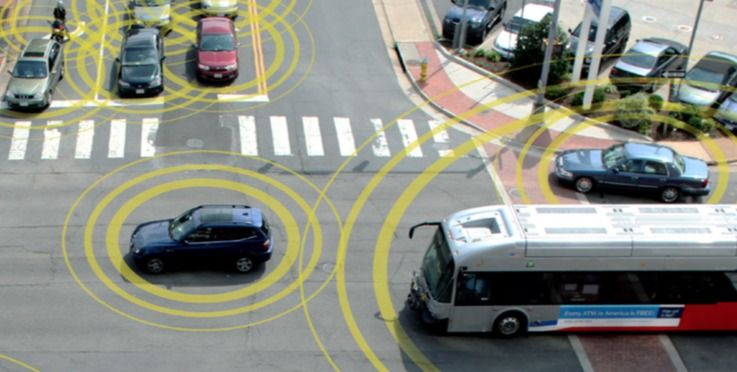

For my many self driving fans. Here is an idea that they could look into as part of this infrastructure is to have the sensors in the pavement be able to sense a car broken down on the side of the road and notify nearby tow trucking company hired by the city or county as well as the same sensors able to pick up on vehicle impacts on the road to contact police/ hwy. patrol and emergency responders as cameras cannot be everywhere to monitor.
Press release — Persistence Market Research Pvt. Ltd — Smart Highway Market Explores New Growth Opportunities By 2026 — published on openPR.com.
Interesting.
20 Armata tanks boasted with a science breakthrough idea that reduced visibility with high-tech armor protection have successfully been tested in Russia.
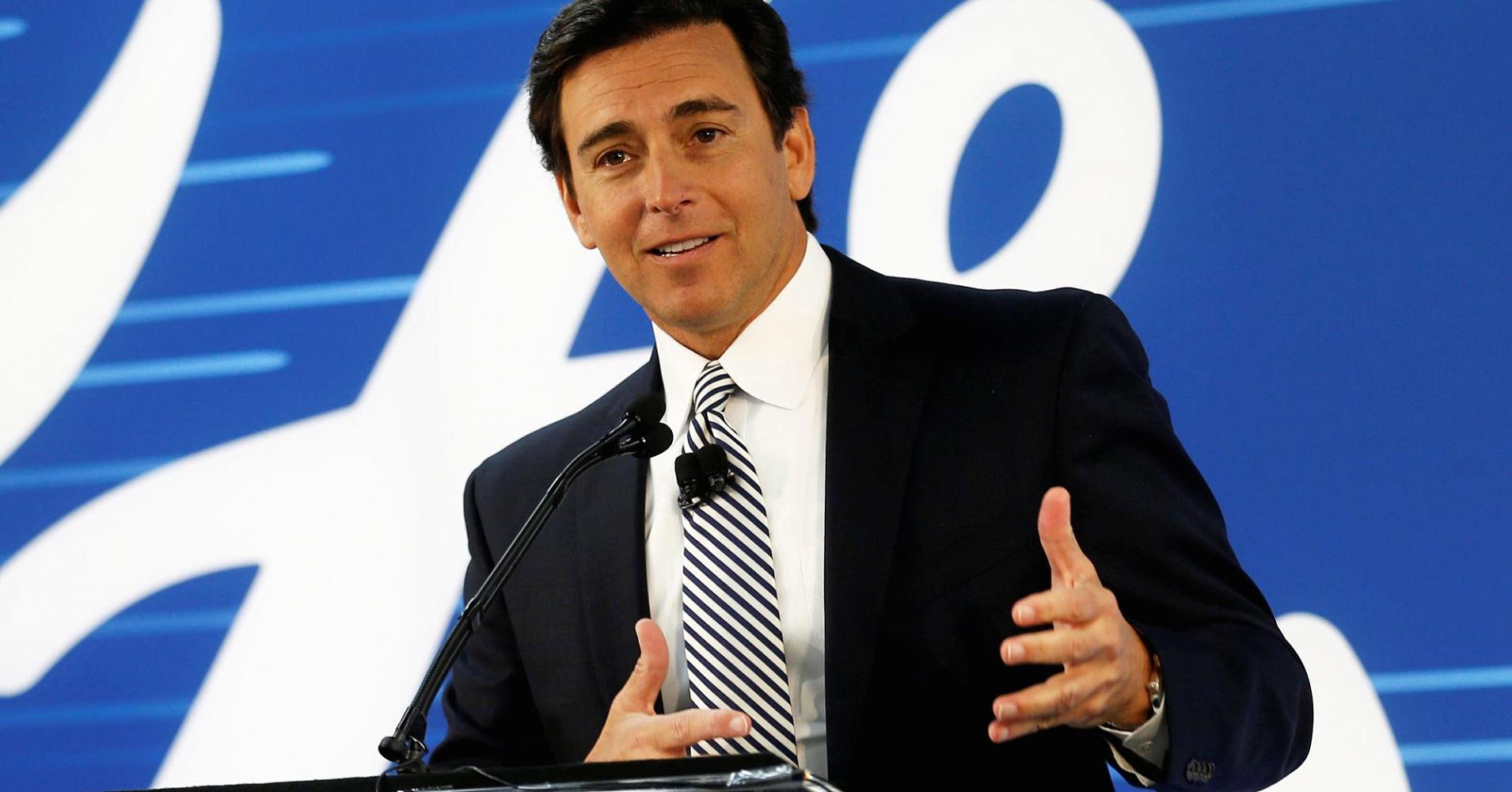
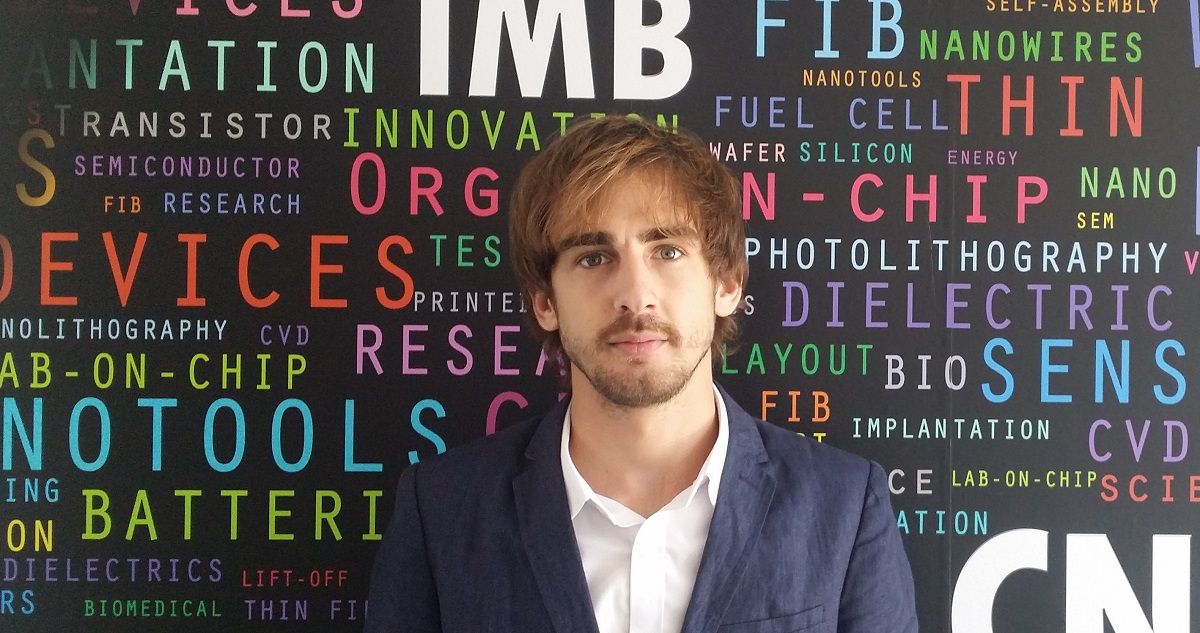
There is unlimited kinetic energy all around us and harnessing it could change the way we interact with the world forever, according to Dr Gonzalo Murillo from the National Microelectronics Center of Spain, whose research into piezoelectric materials has earned him an award for the most novel innovator under 35 in Europe 2016 from the MIT Technology Review, US.
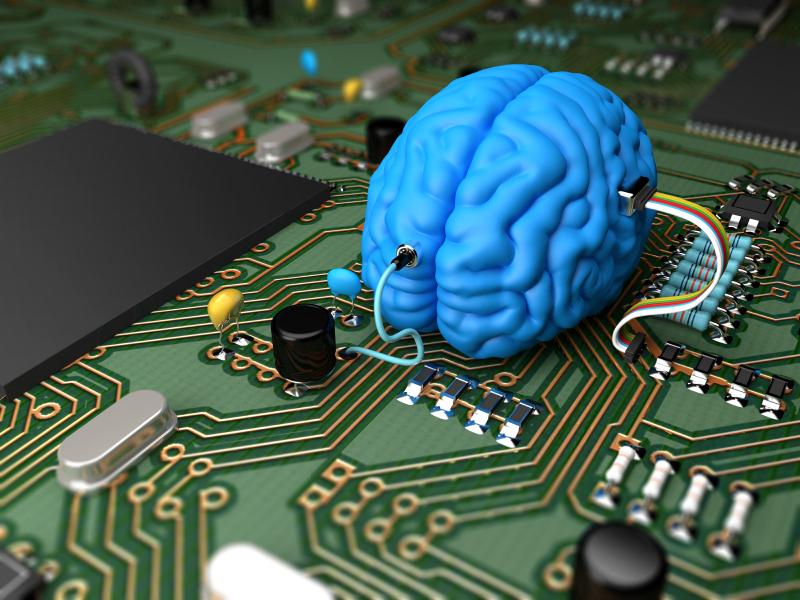
The article does bring up many of the same points that many have raised with self driving cars; and folks still don’t seem to understand that we have thousands if not millions of laws in the US alone that must be reviewed and possibly changed to address this technology on the roads. When you look at every state, each county, and each town or city’s laws around driving on their roads; it could be a long and painful period for companies and consumers before the legal side of things catch up.
Self-driving car technology is not yet ready for prime time. Driver assist is.
The Legal challenges and potential liability are immense.
How to play the hype.
Currently, self-driving cars are the rage in technology circles. We do believe that, in certain environments, they could work well (such as closed-loop environments, i.e., a mining operation or a shuttle service on a closed track at an airport). But like other fads (Google glasses, nano tech, 3D TVs), we think self-driving cars will take more time to mature than many realize due to their inherent legal issues and safety concerns.
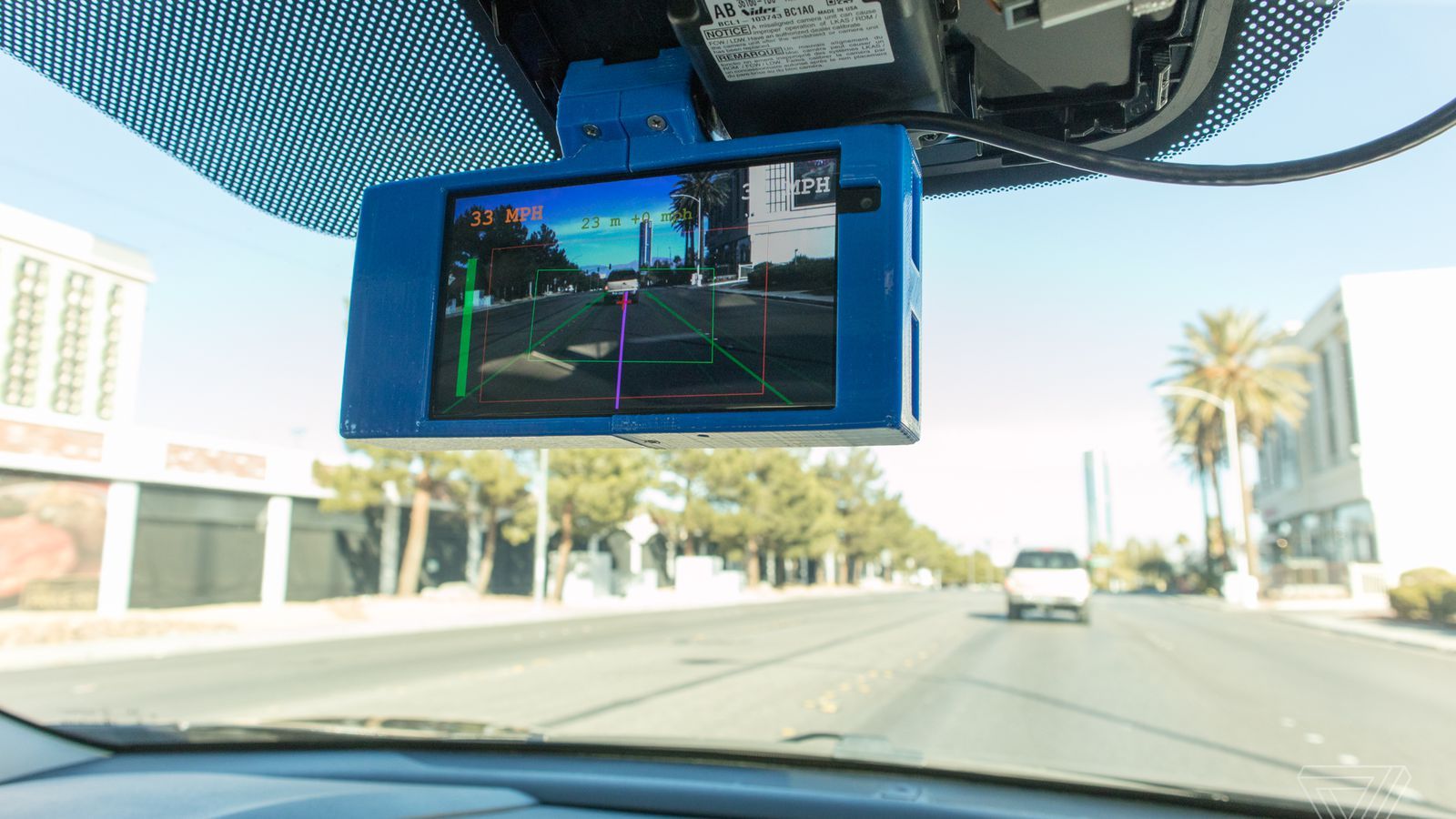
In late 2015, iPhone and PlayStation 3 hacker George Hotz teased a project that sounded like a dream: his new company would produce a $1,000 consumer product that could grant your car semi-autonomous capabilities. Eleven months and one terse letter from the National Highway Traffic Safety Administration later, Hotz killed the project.
About a month after that, Hotz resurrected it as a two open-source efforts, splitting the hardware and software of the self-driving tech he had created with the rest of his company, Comma.ai. Hotz always talked like he wanted to start a DIY car revolution to take on the car industry (and Elon Musk especially). Open sourcing the plans only increased the chances of it happening.
Quick media feed on tech, culture, innovators, design and more.
Donate to help us…
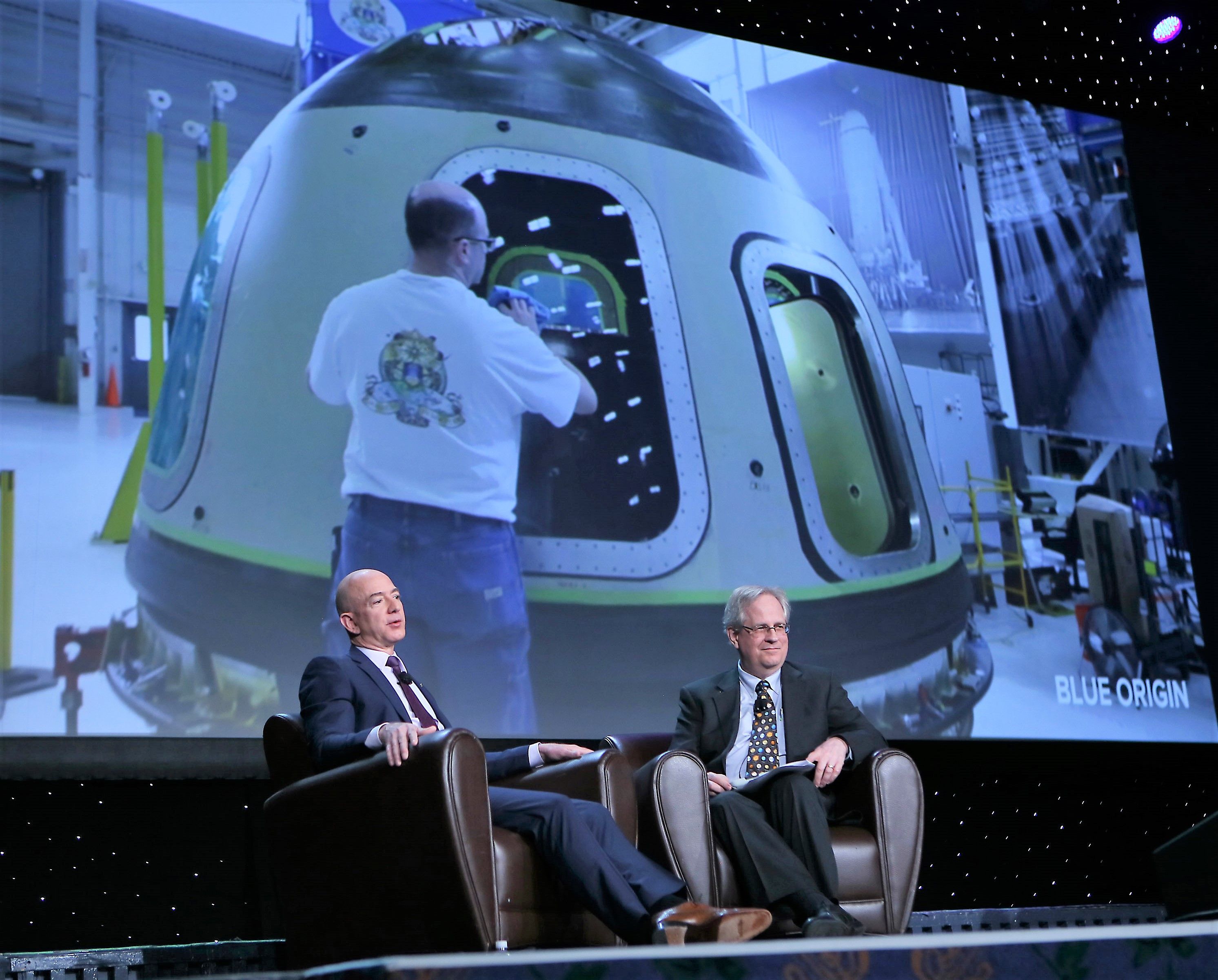
What should Donald Trump have NASA do? Today Amazon billionaire Jeff Bezos voiced his support for the idea that the space agency should help build a “highway in the sky” analogous to the interstate highway system that President Dwight Eisenhower ramped up in the 1950s.
The backing came in the form of an eight-word tweet, accompanied by a link to an article by Howard Bloom appearing in Salon (and as a guest blog posting on Scientific American’s website as well).